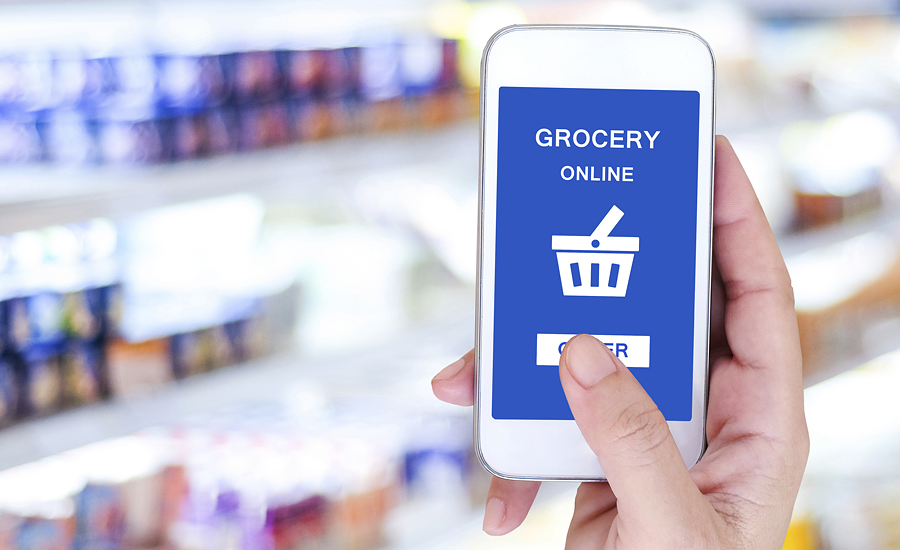E-commerce food sales have been growing at a rate of about 22% per year, and are expected to make up close to 10% of the overall food and consumables market by 2023, according to data presented by Inmar, Winston-Salem, N.C.
Traditional supermarkets experienced a sales decline of 1.7% and a market share decline of 2.5% in 2018, while sales for dollar formats were up 5.7% and supercenter sales increased 3%. By 2023, Inmar forecasts e-commerce's dollar share will increase 6%, while traditional supermarkets and convenience stores will fall 2.1% and 0.7%, respectively.
Jim Hertel, senior vice president, says the threat to consumer packaged goods (CPG) manufacturers that Amazon poses is its competitive pricing and compressed margins.
Meanwhile, Craig Rosenblum, regional vice president, enterprise retail, says added threats faced by retailers include increased competition in local markets, closer distribution outlets for fresh, assortment availability and increased competition for personalization and loyalty.
The four pillars that retailers can focus on to retain customers and compete against Amazon and other expanding chains include shopper engagement, vigilance, store experience and trust. Personalization is also key in distinguishing in-store retailers from online, by offering a personalized touch that e-commerce can't match.
"You must have a loyalty program out there today. You must be able to know and identify your shoppers; you must understand their behaviors; you must be able to make them feel like you're inside their head, and you know what they're coming to buy before they know it themselves," says Rosenblum. "One place you can truly differentiate, that Amazon cannot online, is in shopper engagement."
While shoppers are still shopping mainly in brick-and-mortar, online shopping will continue to have a role in the future. In fact, data underscores that 63% of shoppers did not purchase groceries online this past year; 84% of shoppers who buy groceries online maintained or increased in-store shopping trips; and 67% of females and 64% of males refrain from buying meat and/or seafood purchases digitally.


